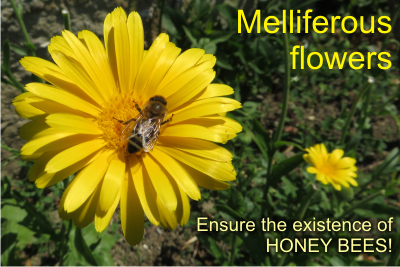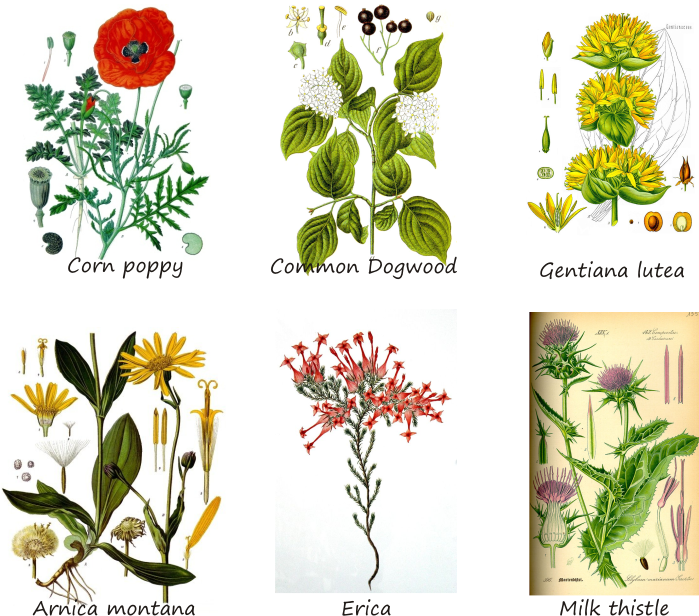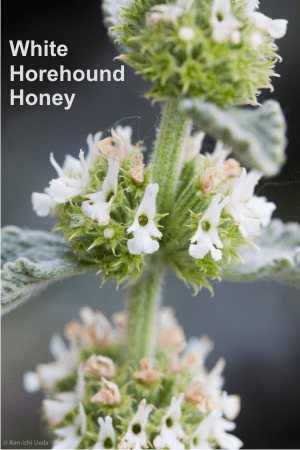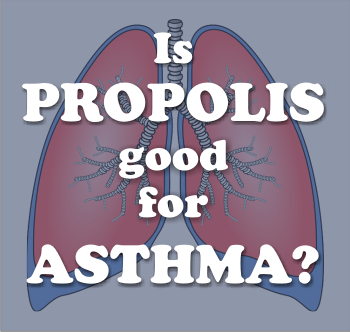Everyone of us can help a little and save the bees. Spread some melliferous flowers seeds and this will help the bees find more food. We don’t have to turn into beekeepers for this.
What are melliferous flowers?
Translating this is will be like “a flower that makes honey”. Can’t they all? Don’t all flowers have pollen and nectar? No. And even more, not all flowers that make nectar and pollen are liked and visited by bees.
First because the bees need special “tools” to collect the nectar (their body size and shape, length of proboscis, etc.). Some flowers have the nectar very deep inside, and the bees simply cannot reach it.
Secondly, not all nectar is good. Usually it has to be at least 50% sweet so the bees like it.
Thus, we call a flower as being melliferous, if they have pollen and nectar that can be harvested by domesticated honey bees.
Flowers and bees are old friends leaving in a symbiotic relationship (meaning that the both organisms benefit). Bees collect nectar and pollen for food, and useful plant substances to make propolis to fill gaps in the hive, and plants benefit from the pollination, which is transfer of pollen that assures fertilization.
Is polifloral honey made of melliferous flowers’ nectar?
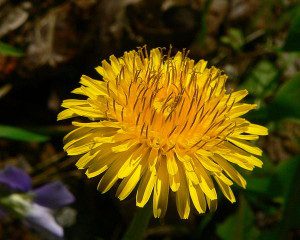
Dandelion

False acacia
Sort of.
When we are talking about polifloral honey or multifloral honey, we refer to a honey made from nectar gathered from different flowers. This is the correct way.
I mention this here, because I was so surprised to discover in a very famous supermarket, jars of honey with “polifloral honey”, and the label said it was made from different types of local honey blended with Non- EU honey.
Dear God! Can you imagine such a mix? Could anybody tell what was in there? To me this sounds like a big producer buys honey from X and from Y and Z from our country and then mix them with honey imported from a non-EU country. I don’t know…China?
Wow, that must be quite a cocktail… Anything but honey!
Anyway, this article is more addressed to the people that have a backyard, or simply want to support the bee movement. Who want to support the existence of bees on this planet.
Like so many famous persons have done it already, like Morgan Freeman did (link to the article which describes his action).
If you have 3 m² of empty ground, don’t leave it like that. Sprinkle a hand of melliferous plants seeds and you’ll have a beautiful spot, which will shine in the sunlight and bring color and beauty into your life.
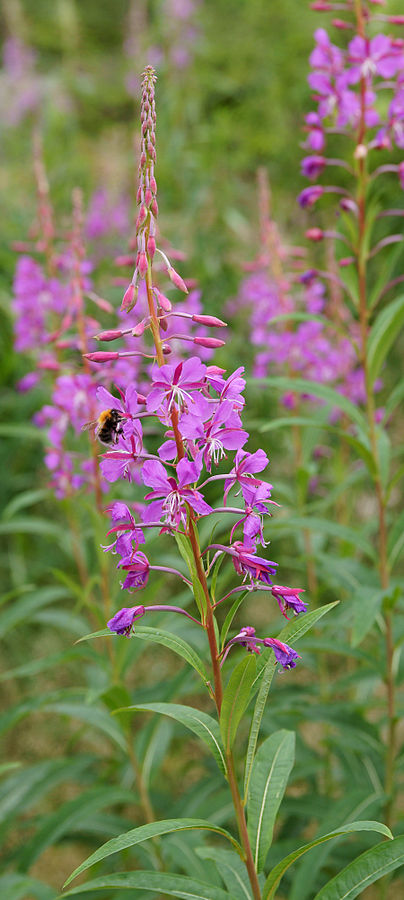
Fireweed
And if you are not afraid of bees, or allergic to them, you can even place a small hive at the far-most end, and in autumn you will eat fresh, tasty and healthy honey. Real honey, not blended honey, not fake honey.
You can choose to plant only medicinal and spicies in your garden, and thus have 2 at the price of 1! Just imagine the quality of the honey made ot of these plants!
Here is a list of melliferous plants that fit into this category:
Agastache rugosa – Alimentary, aromatic
Agastache foeniculum – Alimentary, aromatic
Ammi visnaga – Medicinal
Bocopa monnieri – Medicinal
Borago officinalis – Aromatic
Carum roxburghianum -Spice, Medicinal
Coriandrum sativum – Culinary
Cosmos sulphurecum – Aromatic
Desmodium canadense – Leguminosae Medicinal
Dracocephalum moldavicum – Aromatic
Helianthus Arikara – Alimentary, medicinal
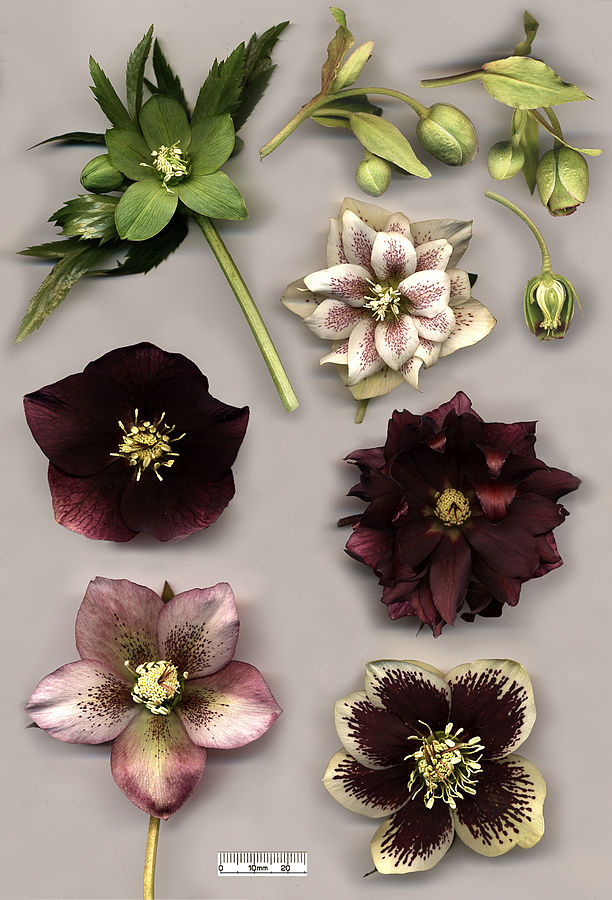 Helianthus Taiyo – Alimentary, medicinal
Helianthus Taiyo – Alimentary, medicinal
Helianthus Grand primerose – Alimentary, medicinal
Ocimum basilicum (Citriodorum) – Culinary
Ocimum sanctum Culinary
Ocimum basilicum (Trisiflora) – Culinary
Ocimum sp. (Thai) – Culinary
Origanum majorana – Culinary
Matricaria recutita – Medicinal
Monarda citriodora – Medicinal
Nigella damascena – Aromatic, medicinal
Shizonepeta japonica – Medicinal
Silphium – Medicinal
Phacelia tanacetifolia – Green manure
Lupinus albus (Amiga) – Green manure
Lupinus angustifolius – Green manure
Aren’t the plants different in other countries?
Try planting this special pack of melliferous flowers:
Encap 11157-6 Honey Bee Pollinator Mix Seed Packet
There are differences, of course. Every country has its own beautiful and divers flora. Beekeepers know them and depend on their location, choose what to seed for a new harvest of honey, or simply take their apiary into a desired meadow. Some bees are picky, indeed, just like any other creature, and are called oligolectic bees, but most of them are not, and like to gather nectar from all melliferous flowers.
In South-East Europe, the most famous bee plants specially grown for bees are: phacelia, mataciunea Moldavian balm, catusnica, borage, grass snake and the melilot.
In Mount Tara (Serbia), the area is forest dominated with early flowering herbaceous and woody plants, and it is of the greatest significance for the honey bee, both in the early spring because of pollen and nectar production, and in the autumn as a source of honeydew. Trees notable for their honeydew production in good quantities are: Pinus nigra Arnold, Picea sp. Fagus sylvatica Linnaeus, Populus tremula Linnaeus, and Quercus cerris Linnaeus.
In Africa, as another example, there are other flowers. Here is a list of melliferous plants that are rich in nectar, found in Cameroon Highlands and Adamaoua Plateau:
| Aspilia africana Agave sisalana Albemoscus esceulentus Arachis hypogaea Bombax pentandrum L (high content) Bidens pilosa Callistemone sp Callistemon viminalis (high content) Carica papaya Citrus sp. Coffea arabica (high content) Coffea robusta (high content) Croton moluccanus L. Aleurites moluccana (high content) Cucumis melo Cordia platythyrsa Dacryodes edulis (high content) Datura metel Eribotrya japonica Eucalyptus resinifera, E. pellita, Eucalyptus saligna Gliricida sepium Hibiscus asper Hibiscus rosa-sinensis Hypeastrum equestre Hypericum lanceolatum Ipomoea batatas Ipomoea carnea Ipomoea triloba |
Lophira lanceolata Van Tiegn Ex Keay (very high content) Markhamia lutea Maesa lanceolata Malvaviscus arboreus Mangifera indica Manihot esculentus Mimosa invisa Musa sapientum, Musa sp Nymphea alba Persea americana Phaseolus vulgaris Physalis angulata Psidium guajava Pseudospondia microcarpa Psorospemrum febrifigum Rauvolfiavomitoria Schefflera abyssinica Schefflera barteri Sechium edule Sesbania sesban Sida actua Syzigium aromaticum Solanum nigrum Solanum tuberosum Taraxacum officinale Tithonia diversifolia Theobroma cacao Thevetia neriifolia Vitellaria paradoxa Gaertn (high content) |
As for the melliferous plants in the US, aka honey plants, here is a book where you can read all about them: American Honey Plants; Together with Those Which Are of Special Value to the Beekeeper as Sources of Pollen
But there are melliferous flowers that are found almost everywhere. Here there are:
Acacia (Robinia “false acacia”), Corn poppy, Common Dogwood, Ribes, European holly, Hedera helix, White mustard, Hazel, Dandelion, Salix caprea, White clover, Coltsfoot,
Mediterranean plants: Almond, Strawberry tree, Buxus, Viburnum tinus, Rosemary, Thyme;
Mountain plants: Garden angelica, Arnica montana, Erica, Calluna, Sweet chestnut, Milk thistle, Fireweed, Acer platanoides, Acer pseudoplatanus, Raspberry, Gentiana lutea, Hellebore, Boxthorn, Blueberry, Snowdrop, Rhododendron, Silver fir, Savory, Wild thyme, Rowan, Sunflower, Lavender. (according to wikipedia)
Selected honey flowers seeds, waiting to be planted:
- 50 x ITALIAN LAVENDER SEEDS – Nectar Source for Honey Bees – Lavandula Officinalis or Lavandula Angustifolia – Edible flowers and leaves, fresh or dried, or used in tea
- ~BULK WHOLESALE~ Borage Seed – EDIBLE Blue Flower – Borago officinalis Seeds ~ Improve Tomato Taste – INCREASE SOIL NITRO ~ Blue Flower With Honey Taste ~!! (06000 Seeds – 4 oz)
- 4 Packs x 1000 ALYSSUM ROYAL CARPET Flower Seeds – Fragrant Lobularia maritima ~ HONEY BEES BIRDS BUTTERFLY – Zones 3 And UP – By MySeeds.Co
- *Seeds and Things Wildflower Seed Mixture for Pollination 500 + Seeds Attract Honey Bees
Do you know that there are trees which are hated by bees?
Just make sure you don’t have these trees around:
Annona sengelensis (an African custard-apple)
Aframomum spp – from this species, Aframomum melegueta can be used as antimicrobial agent against Salmonella spp, Escherichia coli, Shigella spp and klebsiella spp. It has phytochemcials like alkaloids, tannins, saponin, steroids, cardiacglycoside, flavonoid, terpenoids and phenol, and all of them ensure its antimicrobial activities.
Chenopodium – aka white goosefoot.
If I’ve got your attention and you consider starting a Pollinator Garden, as it is called, here is a useful guide you can use: How to Create a Pollinator Garden in 7 Steps (2023 Guide)
References and picture credits
· Center for International Forestry Research (CIFOR)
· http://ccsenet.org/journal/index.php/ijb/article/view/4860
· http://www.ncbi.nlm.nih.gov/pubmed/23905735
· https://en.wikipedia.org/wiki/Melliferous_flower
· “Robina9146” by Pollinator at the English language Wikipedia. Licensed under CC BY-SA 3.0 via Commons –
· “Papaver rhoeas – Köhler–s Medizinal-Pflanzen-101” by Franz Eugen Köhler, Köhler’s Medizinal-Pflanzen – List of Koehler Images. Licensed under Public Domain via Commons –
· “Cornus sanguinea Sturm39” by Johann Georg Sturm (Painter: Jacob Sturm) – Figure from Deutschlands Flora in Abbildungen at http://www.biolib.de. Licensed under Public Domain via Commons –
· “DandelionFlower” by Greg Hume – Own work. Licensed under CC BY-SA 3.0 via Commons –
· “Arnica montana – Köhler–s Medizinal-Pflanzen-015” by Franz Eugen Köhler, Köhler’s Medizinal-Pflanzen – List of Koehler Images. Licensed under Public Domain via Commons –
· “Erica junonia00” by Ada Marie Bodkin nee Shaw fl.(1880-1890) – Compton Herbarium, Kirstenbosch. Licensed under Public Domain via Commons –
· “Illustration Silybum marianum0”. Licensed under Public Domain via Commons –
· “Maitohorsma (Epilobium angustifolium)” by kallerna – Own work. Licensed under CC BY-SA 3.0 via Commons –
· “Gentiana lutea – Köhler–s Medizinal-Pflanzen-066” by Franz Eugen Köhler, Köhler’s Medizinal-Pflanzen – List of Koehler Images. Licensed under Public Domain via Commons –
· “Hellebore flowers”. Licensed under CC BY-SA 3.0 via Commons –

